-
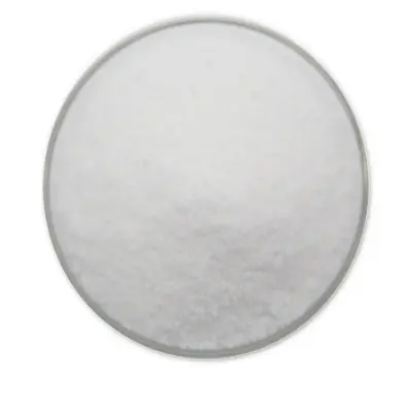
1H,1H,2H,2H-PERFLUOROOCTYLTRIMETHOXYSILANE CAS:85857-16-5
PFOTMS is a fluorinated organosilane compound with the chemical formula C8F17Si(OMe)3. It belongs to the family of fluoroalkylsilanes and is characterized by its fluorinated alkyl chain and three methoxy groups attached to the silicon atom.
-
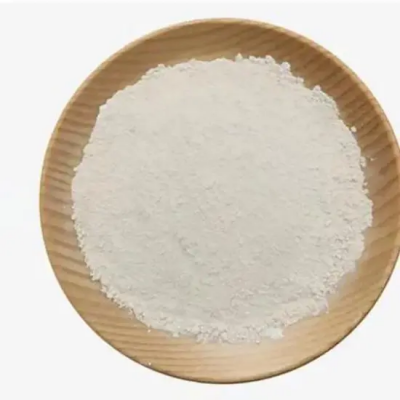
2-PIPERIDINETHANOL CAS:3040-44-6
2-Piperidinethanol is a chemical compound with the molecular formula C6H13NO. It is a derivative of piperidine with a hydroxyl group attached to the second carbon atom. This compound is a colorless liquid with a characteristic piperidine odor. 2-Piperidinethanol is used in various industrial and pharmaceutical applications due to its unique chemical properties and reactivity.
-

4-MethylmorpholineN-oxide CAS:7529-22-8
4-Methylmorpholine N-oxide (MMNO) is a chemical compound with significant industrial relevance. It is valued for its specific characteristics and is employed in diverse applications across industries.
-
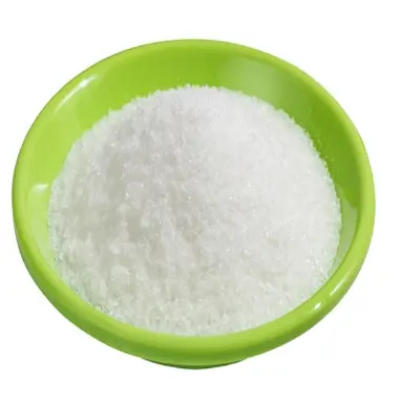
Calciumformate CAS:544-17-2
Calcium formate, represented by the chemical formula Ca(HCOO)2, is a compound utilized in diverse industrial processes for its unique properties.
-
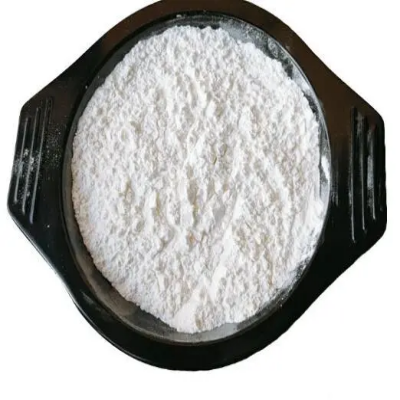
3,5-dimethylpiperdine CAS:35794-11-7
3,5-dimethylpiperidine is a chemical compound with the molecular formula C7H15N. It is a piperidine derivative with methyl groups attached at the 3rd and 5th positions on the piperidine ring. This compound is commonly used in organic synthesis and chemical research.
-

(HEPTADECAFLUORO-1,1,2,2-TETRADECYL)TRIMETHOXYSILOXYSILANE CAS:83048-65-1
(Heptadecafluoro-1,1,2,2-tetradecyl)trimethoxysiloxysilane, with its complex chemical structure, holds significance in industrial processes. It is recognized for its unique characteristics and is utilized in diverse applications across industries.
-
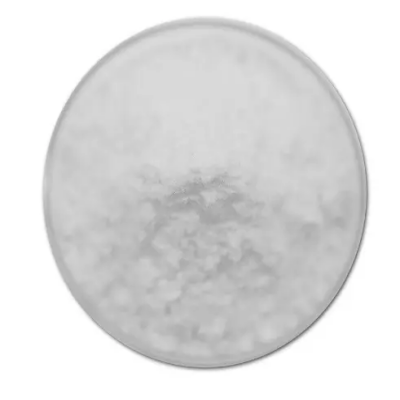
1-(2-Chloroethoxy)propane CAS:42149-74-6
1-(2-Chloroethoxy)propane is a chemical compound with the molecular formula C5H11ClO. It is an alkyl halide containing a chloroethoxy group attached to a propane backbone. This compound is commonly used in organic synthesis and chemical research.
-
![5-Oxaspiro[2.5]octane-1-carboxylic acid CAS:1341939-27-2](https://cdn.globalso.com/xindaobiotech/VYH6FUCIIBE_I7B6OOPY194.png)
5-Oxaspiro[2.5]octane-1-carboxylic acid CAS:1341939-27-2
5-Oxaspiro[2.5]octane-1-carboxylic acid is a cyclic compound with a unique spirocyclic structure, holding significance in pharmaceutical and chemical synthesis. Its molecular arrangement features an oxaspirooctane ring system with a carboxylic acid functional group at the 1-position. This compound exhibits distinctive chemical properties suitable for various applications in organic chemistry, drug discovery, and materials science. Its structural characteristics offer versatility and reactivity, making it an essential component in the synthesis of diverse molecules and functional materials.
-

tert-Butyl 4-(1-aminopropan-2-yl)piperazine-1-carboxylate CAS:1018248-96-8
Tert-butyl 4-(1-aminopropan-2-yl)piperazine-1-carboxylate is a compound widely utilized in pharmaceutical and chemical synthesis. Its molecular structure features a piperazine ring with a tert-butyl group and a carboxylate moiety, along with an aminopropan-2-yl substituent, imparting unique chemical properties essential for various applications. This compound serves as a valuable intermediate for the synthesis of biologically active molecules and functional materials, playing a significant role in drug discovery and organic chemistry research.
-
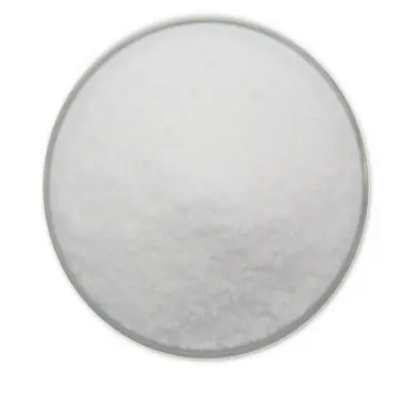
tert-butyl 3-amino-4-cyanopyrrolidine-1-carboxylate CAS:1305712-89-3
Tert-butyl 3-amino-4-cyanopyrrolidine-1-carboxylate is a compound widely utilized in pharmaceutical and chemical synthesis. Its molecular structure consists of a pyrrolidine ring with amino and cyano functional groups, appended to a tert-butyl ester. This compound’s chemical composition imparts unique properties crucial for various applications, particularly in medicinal chemistry and organic synthesis.
-

tert-butyl (1R,2S)-2-(3-bromophenyl)cyclopropylcarbamate CAS:1314323-97-1
Tert-butyl (1R,2S)-2-(3-bromophenyl)cyclopropylcarbamate is a chiral compound with significant applications in pharmaceutical synthesis and chemical research. Its molecular structure comprises a cyclopropylcarbamate moiety with a bromophenyl substituent, exhibiting distinct stereochemical properties crucial for various applications. This compound serves as a valuable chiral building block for the synthesis of enantiomerically pure molecules and pharmaceutical intermediates, facilitating the development of therapeutically relevant compounds and molecular probes.
-
![Octahydrocyclopenta[c]pyrrol-5-ol hydrochloride CAS:1417820-59-7](https://cdn.globalso.com/xindaobiotech/@LXIVIBPRLO53RUL5FBL7H791.png)
Octahydrocyclopenta[c]pyrrol-5-ol hydrochloride CAS:1417820-59-7
(S)-4-(Hydroxymethyl)pyrrolidin-2-one is a chemical compound with versatile applications in pharmaceutical and chemical synthesis. Its molecular structure consists of a pyrrolidin-2-one ring with a hydroxymethyl group, exhibiting unique chemical properties crucial for various applications. This compound serves as a valuable intermediate for the synthesis of biologically active molecules and functional materials, contributing significantly to drug discovery and organic chemistry research.

